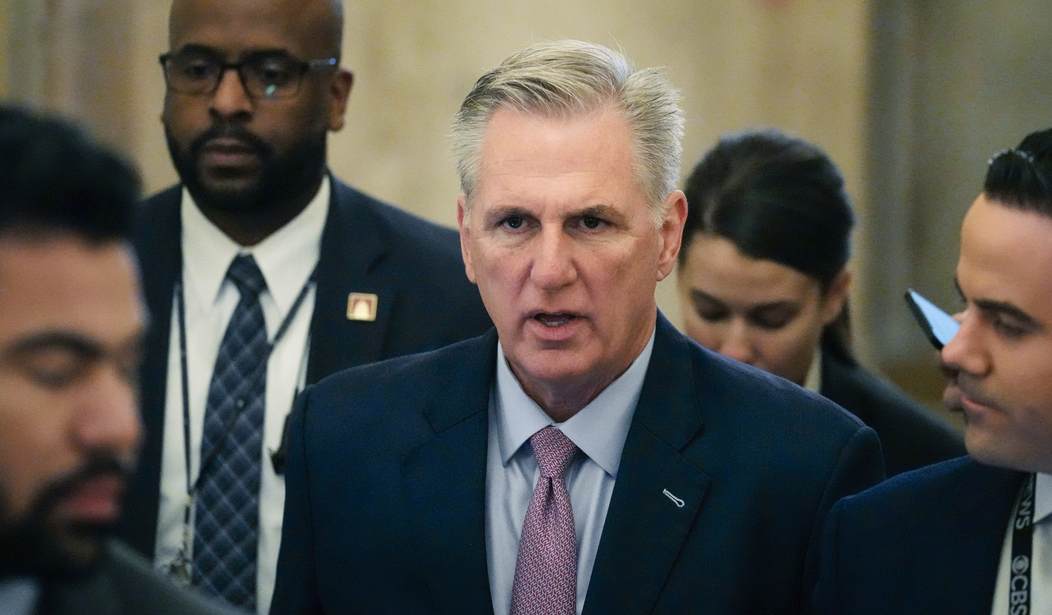Congressional Democrats have devised a plan that they believe can successfully circumvent the Republican majority in the House and raise the debt limit.
The plan — in the works since January — would use an obscure legislative device known as a “discharge petition” that wouldn’t require Speaker Kevin McCarthy’s support and would need only a majority of the House to succeed.
It’s still a long shot — more like a Hail Mary pass. But Democrats think that the closer the U.S. gets to default, the more willing some moderate Republicans will be to sign on to the plan.
The discharge petition — an obscure mechanism empowering 218 lawmakers to pass bills the Speaker refuses to consider — is almost never successful because it requires members of the ruling party to defy their leadership.
Democrats, with 213 members, would need to find five Republicans willing to sign on. And some Republicans are already warning it’ll never happen, especially after GOP leaders last week were successful in passing a debt ceiling package through the lower chamber, which included $4.8 trillion in deficit reduction.
“They’re not going to get any Republicans,” said Rep. Scott Perry (R-Pa.), the head of the Freedom Caucus, in a Tuesday phone interview with The Hill. “We already passed our bill.”
Indeed, this is an effort by the Democrats to avoid the prospect of negotiations that Joe Biden really doesn’t want to undertake. Nevertheless, Biden has reluctantly agreed to meet with Republicans on May 9 despite still insisting that he’s not going to negotiate on budget issues.
Related: Biden Caves to McCarthy, Agrees to Meet the Speaker About Raising the Debt Limit
“We have a system of government that requires negotiations. Jeffries’ my way or the highway fails America, especially in divided government. We need grownups to come to the table and govern,” Nebraska Republican Don Bacon told The Hill in a text message.
Under House rules, the earliest the process of gathering signatures for a discharge petition can happen is May 16. That doesn’t leave much time for the discharge petition procedure to play out. And Speaker McCarthy has some tricks up his sleeve that could blow up the Democrat’s entire plan.
The timing of reaching 218 signatures is key because at least seven legislative days must pass after that threshold is achieved before a signing member can call it up as a privileged resolution, which forces the speaker to schedule a floor vote on it within two legislative days.
The use of legislative days gives the majority some control over the process. McCarthy could choose not to adjourn the House at the end of each calendar day and instead recess to roll over legislative days, prolonging the process and potentially running out the clock on the discharge petition. Any member could move to adjourn, but that would require a majority vote, so the Republicans signing the discharge petition would have to play ball there, too.
The discharge petition gambit rarely works because the majority controls the calendar. There are several parliamentary tricks the speaker can use to foil the plans of the minority even if there weren’t a deadline facing Congress.
While Treasury Secretary Janet Yellen may be fudging the actual drop-dead date in her proclamation that the U.S. will be unable to borrow enough money to pay its bills on June 1, Wall Street and world financial markets don’t have the luxury of waiting to see if she’s right or wrong. How close to the end of the plank Congress is going to walk will determine how negotiations go.










